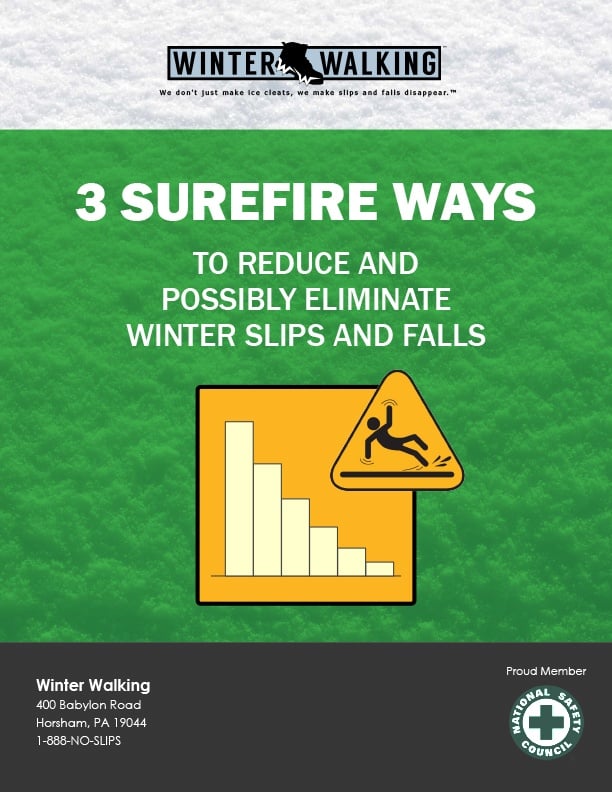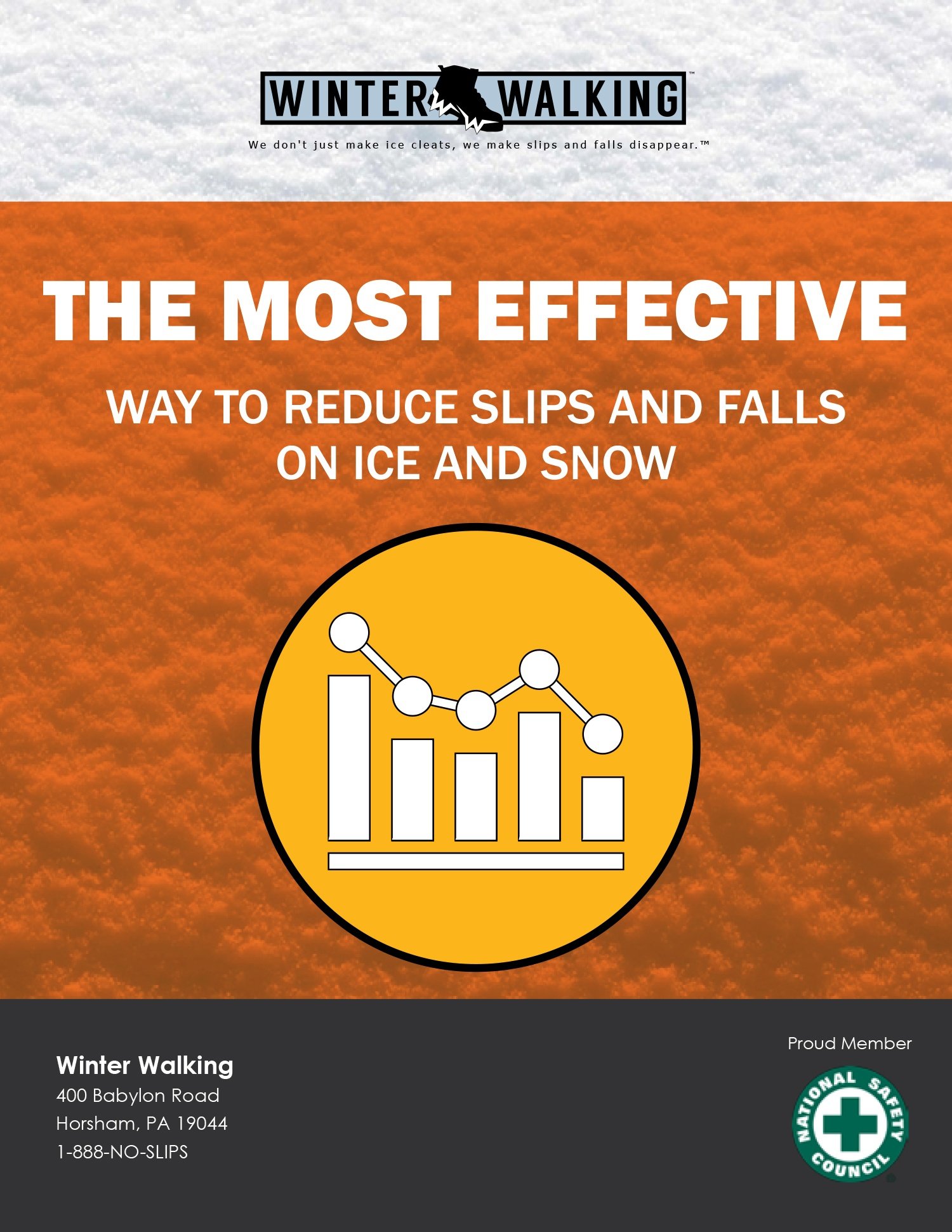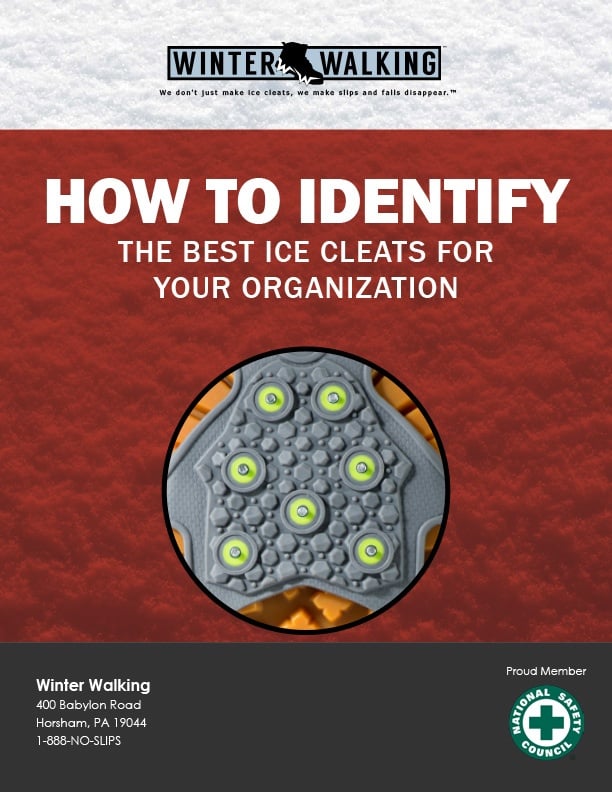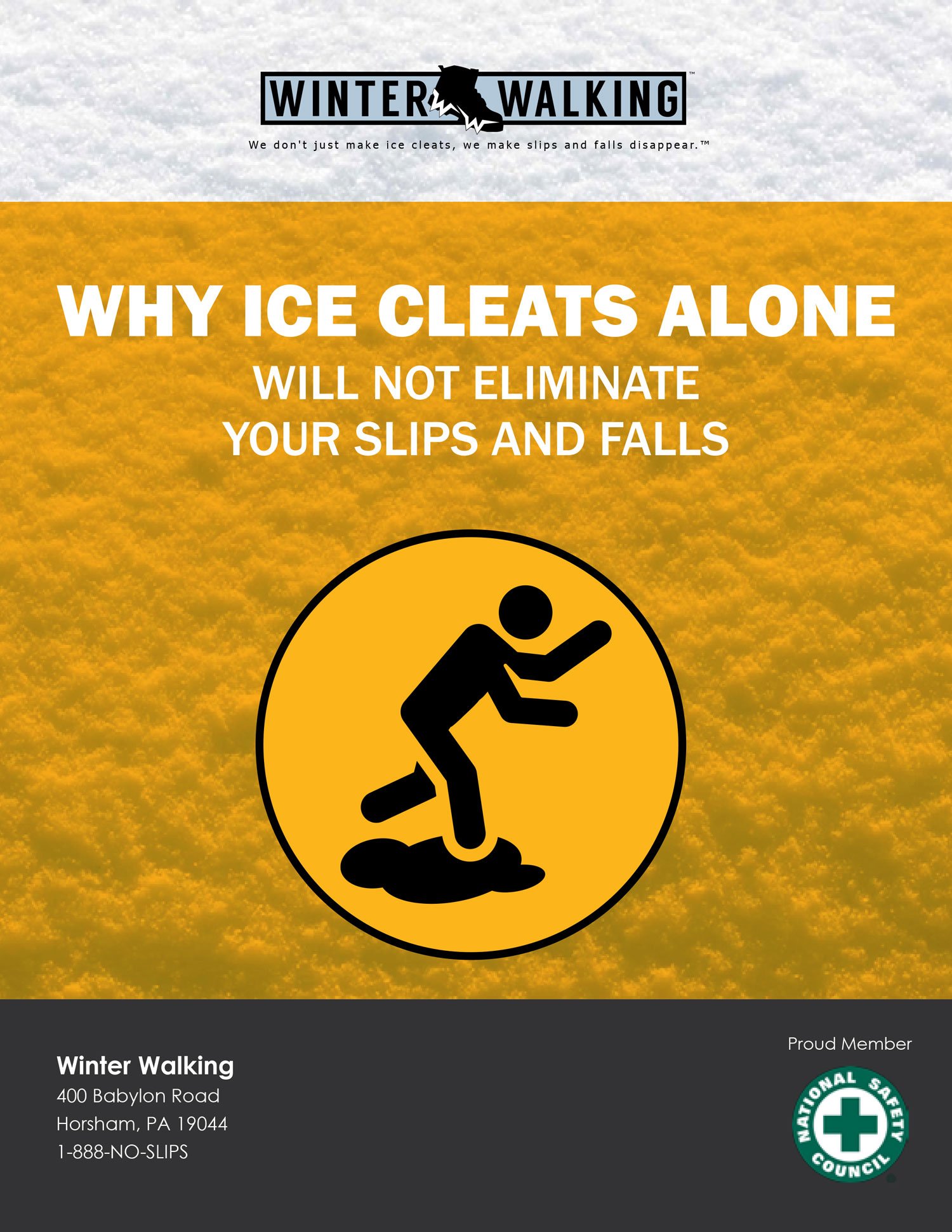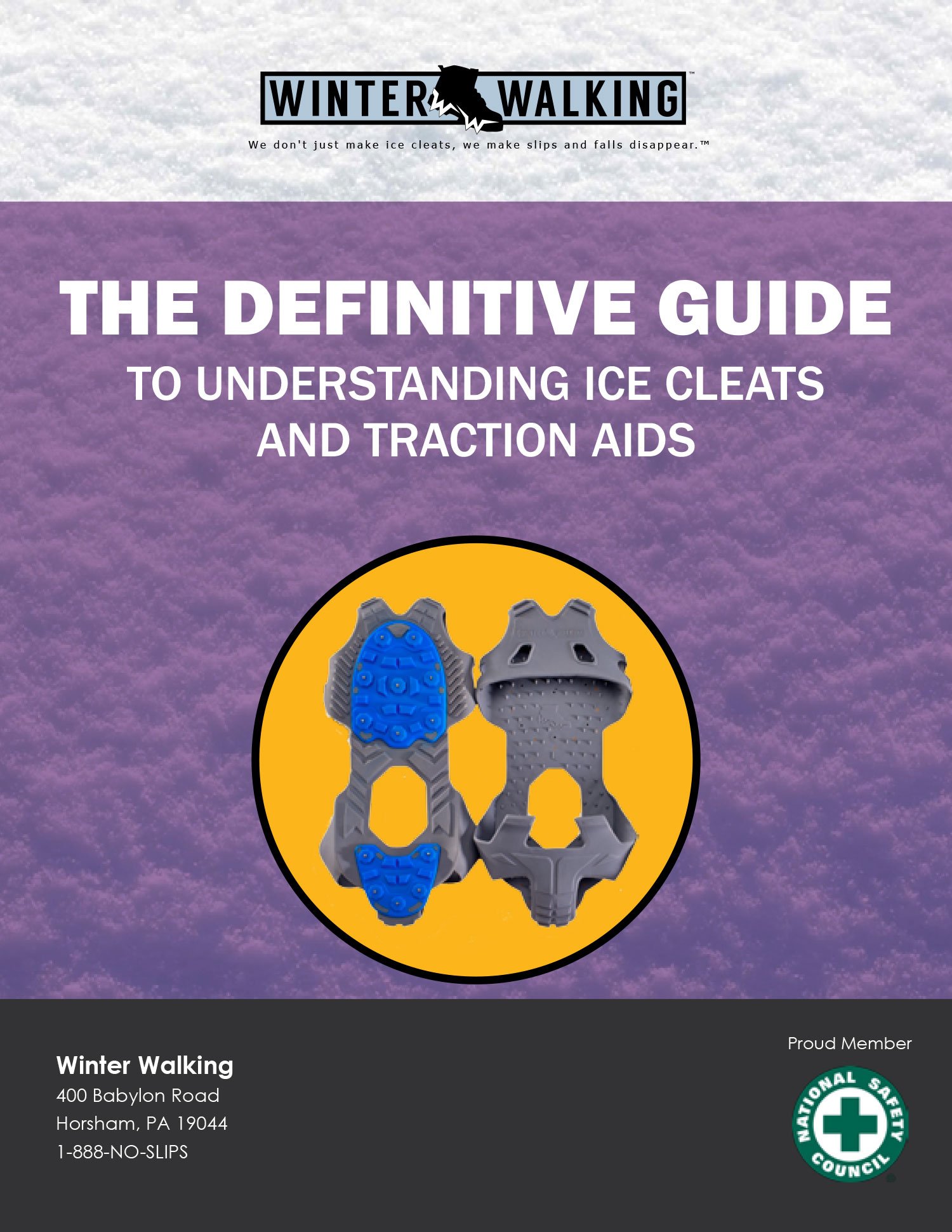A practical guide to safer steps in cold weather
Winter conditions turn everyday walking surfaces into hazards. Snow, ice, slush, and freezing rain create unpredictable footing, especially in industrial environments where workers move between indoor and outdoor spaces all day. The right footwear makes a major difference in stability, comfort, and injury prevention.
Footwear is the foundation of every winter safety program. Even the best de icing plan cannot eliminate all slippery areas, and no worker can avoid outdoor routes entirely. Boots that fit well, support the ankle, and pair correctly with traction aids dramatically reduce slip and fall risks.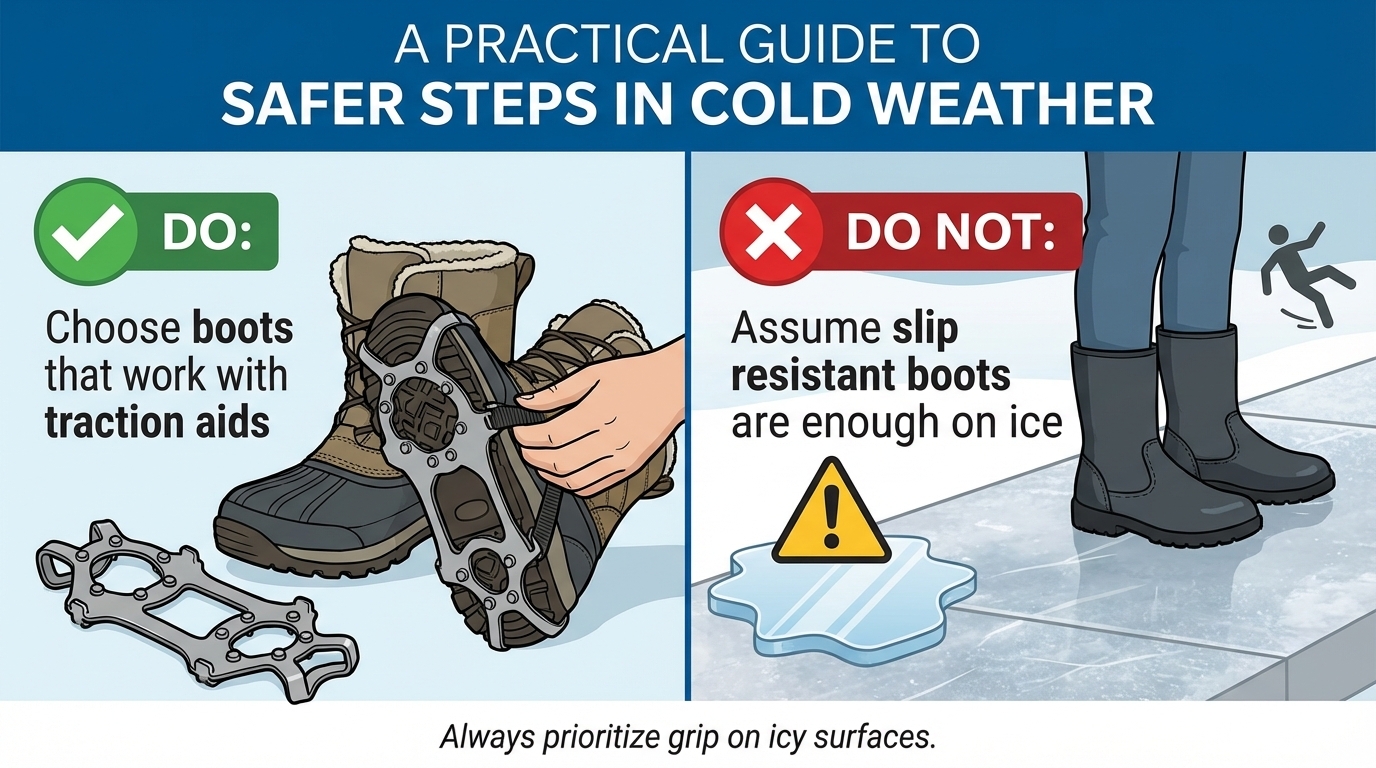
Do: Choose boots that work with traction aids
Not all boots are compatible with traction devices. For best performance:
- Select boots with flat or low lug soles that allow cleats to sit securely
- Ensure the heel and toe shape allow traction devices to anchor correctly
- Avoid highly aggressive treads that prevent cleats from gripping evenly
Do: Prioritize fit and ankle support
Footwear fit affects stability more than workers realize. Choose boots that:
- Fit snugly without toe pressure
- Provide strong ankle support
- Hold the heel firmly in place
- Do not allow the foot to slide internally
Do: Look for insulation and waterproofing that match the job
Warm, dry feet help workers stay focused and move carefully. Consider:
- Insulation level based on exposure time
- Waterproof or water resistant materials
- Breathability to prevent sweating
- Proper sock combinations
Do not: Rely on fashion or casual winter boots at work
Office style or casual boots are not built for industrial surfaces. They lack:
- Proper outsole design
- Sufficient ankle support
- Durability for constant outdoor use
- Compatibility with traction devices
Do not: Assume slip resistant boots are enough on ice
Slip resistant outsoles help on wet tile or oily floors, but they are not effective on ice. Many workers and supervisors mistakenly believe slip resistant footwear replaces traction aids. On ice or hard packed snow, only dedicated traction devices provide real grip.
Do not: Ignore worn out footwear
Footwear loses effectiveness long before it looks bad. Replace boots when:
- Treads are flattened or rounded
- The upper becomes soft or collapses
- Heels are worn unevenly
- The interior padding breaks down
Final thoughts
Winter footwear should be chosen with purpose, not convenience. The right boots support traction devices, protect workers from the cold, and provide the stability needed to navigate unpredictable surfaces. When employers emphasize proper fit and equipment pairing, slip and fall injuries drop significantly throughout the winter season.


